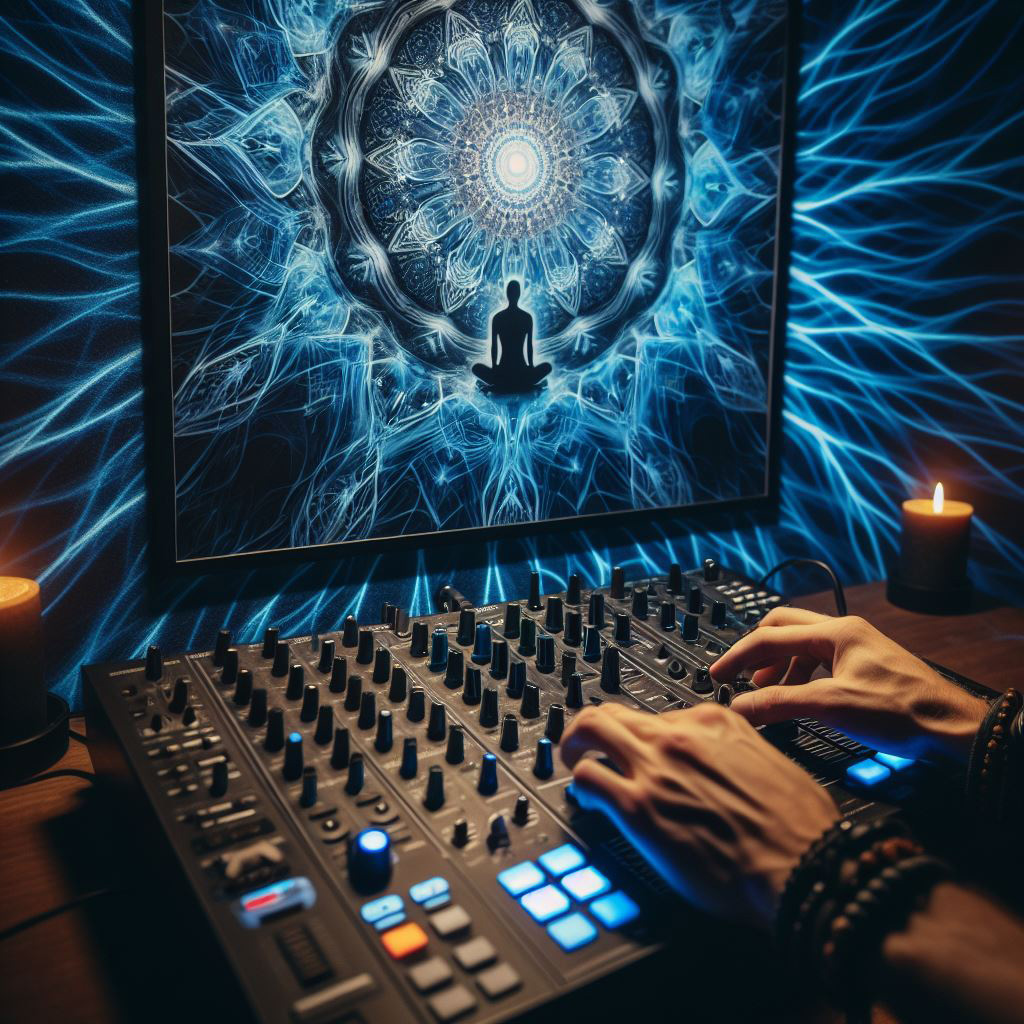Mixing psytrance involves the process of combining and balancing the individual elements of a track to create a cohesive and impactful sonic experience. Psytrance is a genre known for its intricate layers, complex sound design, and hypnotic rhythms.
Here are some key considerations for mixing psytrance.
Layered Elements
Psytrance often features multiple layers of synths, pads, and effects. A key aspect of mixing is ensuring that these layers work together harmoniously without cluttering the mix. Each element should have its own space in the frequency spectrum.
Dynamic Range
Psytrance tracks typically have a wide dynamic range with quiet ambient sections and intense, energetic build-ups. Managing the dynamic contrast is crucial to maintain impact and interest. Compression and automation can be used to control dynamic range effectively.
Bass Management
The bassline is a fundamental element in psytrance. It’s essential to ensure that the bass frequencies are well-defined, powerful, and not overwhelming. Pay attention to the relationship between the kick drum and bassline to achieve a solid low-end foundation.
Stereo Imaging
Psytrance often utilizes wide stereo imagery to create a spacious and immersive sound. Careful panning, stereo widening techniques, and spatial effects contribute to the psychedelic atmosphere. However, it’s important to maintain mono compatibility for a balanced listening experience on all systems.
Effects Processing
Psytrance relies heavily on effects such as reverbs, delays, and modulation. These effects contribute to the evolving and psychedelic nature of the genre. Use effects judiciously to enhance the spatial characteristics and add depth to the mix.
Percussion and Rhythmic Elements
Psytrance features intricate percussion patterns and rhythmic elements. Ensure that each percussion element is well-defined and contributes to the overall groove. Pay attention to the transient response to maintain the sharpness of the rhythmic elements.
Automation
Automation is crucial in psytrance to create movement and evolution within the track. Use automation to modulate parameters such as filter sweeps, resonance, and effects to add excitement and variation.
Clarity in Sound Design
Psytrance often involves complex sound design with evolving textures and intricate synth patterns. Ensure that each sound is clear and distinguishable in the mix. EQ adjustments can help carve out space for each element.
Consistency Across Sections
Maintain consistency in tonal balance and energy across different sections of the track. Smooth transitions between sections contribute to the overall flow of the music.
Reference Tracks
Use reference tracks from established psytrance artists to compare your mix and ensure it aligns with the sonic characteristics of the genre.
Conclusion
Ultimately, mixing psytrance requires a balance between technical precision and creative expression. Experimentation with different techniques and a keen ear for detail will contribute to achieving a polished and engaging mix.
